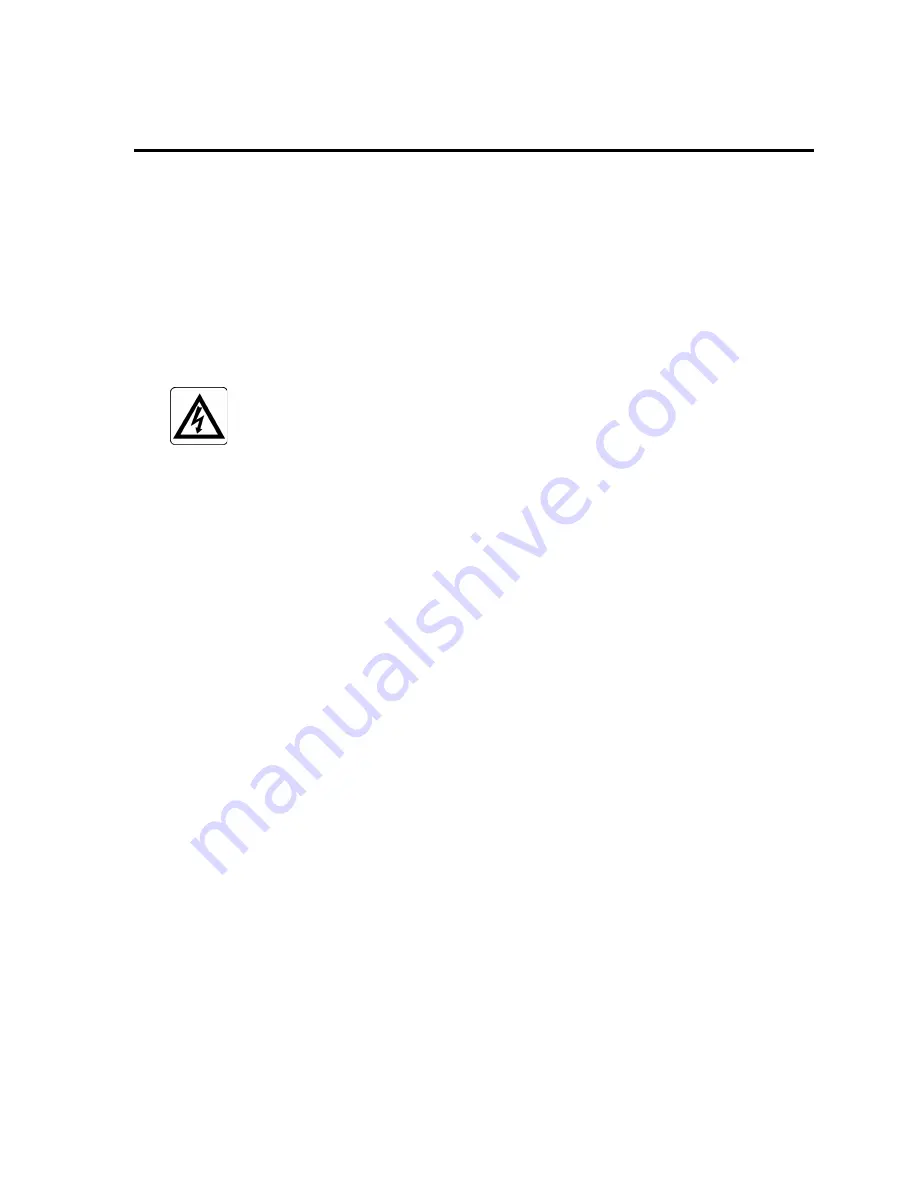
Cleaning the PIPS Detector
G. Technical Reference
This Technical Reference includes useful information about the
i
Matic not covered
elsewhere.
Cleaning the PIPS Detector
This section covers how to properly clean the PIPS® detector.
WARNING
:
You must never use Acetone to clean the PIPS
detector. Acetone attacks the conductive rubber and
rubber particles are deposited onto the sensitive edge
of the detector inside the detector housing.
The PIPS detector can be cleaned to remove oil film, fingerprints, or dust particles on
the surface. Some recoil contamination can be removed by cleaning as well, but recoil
particles are often embedded in the surface and cannot be entirely removed.
To clean standard PIPS detectors first blow dry air or N
2
gas on the surface to remove
particles that might cause scratches in the subsequent cleaning steps. Then use swabs
(Texwipe
model TX762) moistened with Propanol-2. Avoid excess wetting of the
swabs. Wipe very gently from the edge of the detector to the center in order to avoid
pushing contaminated dust into the bevel of the housing, where it is very difficult to
remove.
Repeat the cleaning treatment with fresh swaps to eliminate traces of contamination.
Blow dry with dry air or N
2
gas across the detector surface and put under vacuum for
15 minutes or heat to 50
°
C for an hour to remove residual moisture before applying
bias.
Note: Cleaning is generally not effective in curing problems of: leakage current,
radiation damage or excess (condensing) water vapor. Neither will it repair
physical damage to the junction(s). Suspect detectors should be checked
carefully for physical damage to the surface(s) before other actions are taken.
iMatic Automatic Counting System User's Manual - 9239221K
139





























